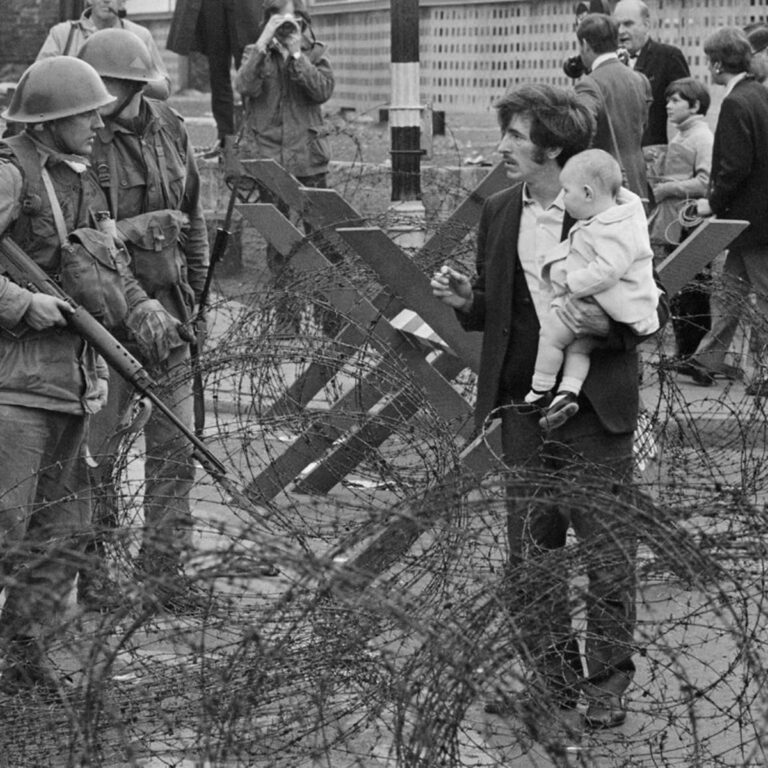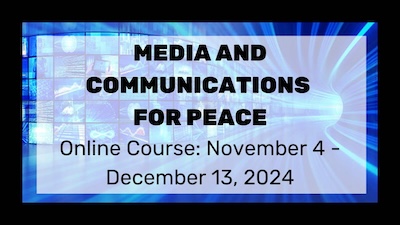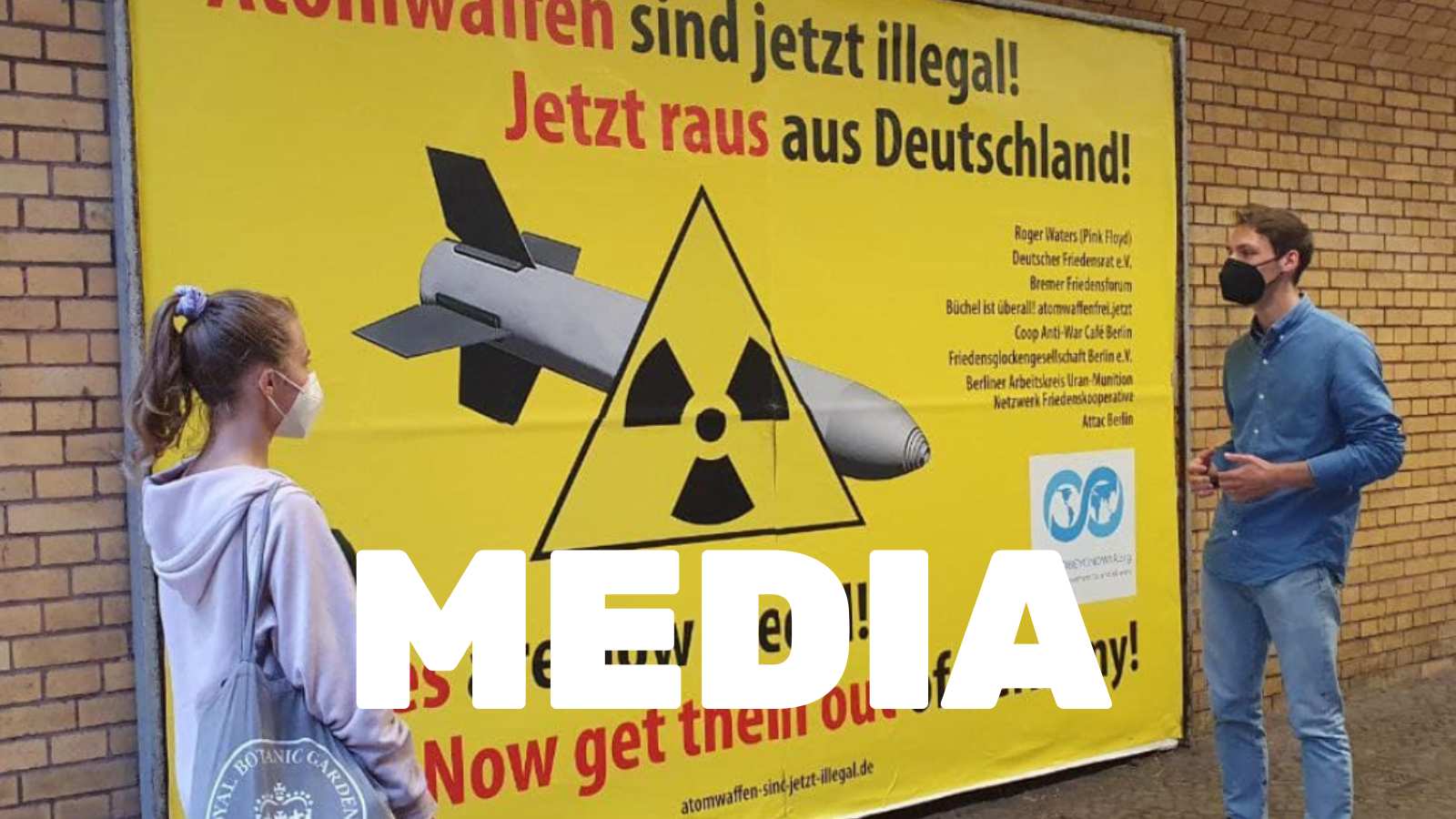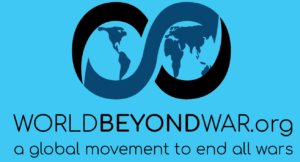
Northern Ireland ‘The Troubles’ 1960-1998, The Independent
By Caroline Hurley – TRANSCEND Media Service , November 29, 2023
Years of painstaking peace-making efforts culminated in the signing of the Good Friday Agreement over Easter in Belfast, on 10 April, 1998. The evolution of the agreement that brought to an end The Troubles in Northern Ireland, a thirty-year era of violent sectarian unrest, remains an instructive flagship initiative that secured positive change.
Historical Context
- Understanding the conflict requires a grasp of historical context, in this case going as far back as the 1150s when, after banishment by his countrymen, Dermot MacMurrough appealed to King Henry II of England for support to regain his lands. The upshot was the 1169 Norman Invasion, with the arrival of Strongbow and other outside forces, leading to a new order squeezing out native chiefs, whose exile in 1607 became known as The Flight of the Earls.
- Plantations of lands followed, as did a series of Irish defeats. The Battle of the Boyne, 1690; the Siege of Limerick, 1691, and more leaders leaving for Europe with The Flight of the Wild Geese, as dislocations intensified. The Penal Laws forcefully suppressed Irish culture and resistance in the eighteenth century, even while Dublin still operated as the second greatest city of the British empire.
- The French, American and other Revolutions abroad inspired Irish hold-outs to fight back. To pacify demands, the Crown established a Catholic University at Maynooth in 1795 but it was not enough, with intellectuals like Robert Emmett leading the 1798 Rebellion, brutally put down.
- Irish politician Daniel O’ Connell (The Liberator) devoted his immense energies to repealing the Act of Union passed in 1800, alongside Catholic Emancipation, and eventually succeeded on both counts. The Irish Parliamentary side, moved to Westminster after the merge, boasting 105 of the 600 MPs.
- The Great Famine 1846-52, during which abundant food was exported as peasants’ subsistence potato crops rotted, halved the population through death or emigration. Inhumane unjust treatment of destitute tenants and land workers inflamed rage and distrust. The first Fenian Rising relying on gun violence broke out in 1848.
- Agitating for Home Rule and Land Reform, Charles Stuart Parnell’s Irish Parliamentary Party held the balance of power in Westminster. The Cultural Revival, emphasising language and traditions, was flowering, with characters like Oscar Wilde gaining fame. Spoken uninterruptedly on the island for 2,000 years, Gaelic remained illegal since ethnic laws forbade its use from the seventeenth century.
- PM Gladstone presented the first Home Rule Bill in 1886. Alarmed at this prospect, Unionists in Northern Ireland, represented by 25 parliamentarian MPs began to consider partition. By now Belfast was thriving and Dublin was decaying. Irish idealists took advantage of WW1 preoccupations to stage the 1916 Rising, although many Irish soldiers also died in the Battle of the Somme. Methods of physical violence, legitimised in the Irish Proclamation, overtook constitutional considerations, in an era widely glorifying sacrifice.
- Public anger was galvanised by execution of the rebel leaders. The Irish Republican Army (IRA) used guerilla tactics in the War of Independence against occupying British Forces. Related Sinn Féin gained political majority but abstained from attending Westminster. The 1920 Government of Ireland Act created separate north and south governments. Signing of the Anglo-Irish Treaty1921 accepting partition sparked Civil War between the new Irish Free State Provisional Government, still answerable to UK Parliament which supplied arms, and the anti-Treaty IRA who conceded defeat by 1922, and ‘dumped arms’. The former became Fine Gael; the latter mostly Fine Fáil.
- As governments cycled between Fine Gael and Fine Fael, a book entitled Facts About Ireland was accordingly republished to alter the nation’s founding stary. The new insular Republic struggled economically. Of those aged 18-34, 40% emigrated in the 1940s, and 50% left in the 1950s.
- The northern six counties operated separately under English rule within new borders. Catholics were discriminated against and deprived opportunities until the passing of the Butler Education Act in 1947 which provided for free education for all, including Catholics. Signs of rapprochement between governments north and south appeared in the 1960s, with heads of state meeting (O’ Neill and Lynch). Growing international awareness of entitlements to civil rights were noticed by the disenfranchised who now, aided by education, had found their voices in leaders including John Hume and Eamonn McCann
Military Conflict and Making Peace in Northern Ireland: The Troubles 1969-1998
- The Troubles began in 1969 with excessive policing and forceful suppression of peaceful civil rights marches, which provoked angry protest, in turn more severely dealt with. In 1972, the Tory government under Ted Heath ‘prorogued’ the regional government and instituted direct UK rule, with army presence.
- Not until a state paper published late that year was the Irish government named as an interested party to these events, when communications officially commenced. A power-sharing Northern Ireland Executive and a cross-border Council of Ireland was established by the Sunningdale Agreement in 1973, only for organised and violent unionist opposition to sabotage it by the following year.
- Despite signing of the Anglo-Irish Agreement in 1979 giving the Irish government a formal role in northern Irish affairs, conflict continued. Margaret Thatcher’s premiership from 1979 showed intolerance, especially by allowing the deaths of republican hunger strikers in 1981 after their five-year protest about the loss of political prisoner status.
- Gerry Adams became head of Sinn Féin in 1983, the decade when acceptance dawned that belligerent parties would have to be included in talks for any chance of real success. Urged by John Hume and others, UK PM John Major made a crucial contribution in 1993 by signing the Downing Street Declaration, which prioritised peaceful means, and consent of the people; in essence laying down the architecture of the peace process. Prioritised by Taoiseach Albert Reynolds, a ceasefire was obtained by 1994, the year POTUS Bill Clinton granted a visa to Adams. US Ambassador Jean Kennedy-Smith actively pursued political means.
- A Forum for Peace and Reconciliation was set up in Dublin lasting two years; memorable for some remarkable moments such as the day Gordon Wilson, peace-campaigning father of nurse killed in the IRA’s 1987 Enniskillen bombing, shook hands with Adams. Unfortunately, in February 1996, with the Canary Wharf bombing killing two people, the ceasefire broke down. This was a low point.
- Bill Clinton sent his special advisor, Senator George Mitchell to head up negotiations. Sinn Féin were excluded at this point, creating a sour tense mood, but with a ceasefire restored, Taoiseach Bertie Ahern, and Labour PM Tony Blair, who spent childhood summers in Donegal with relatives, knuckled down to serious engagement with disparate parties, including Hume, Mallon, McGuinness, Adams, the Women’s Coalition, Alliance Party and others. Since Trimble’s Unionists refused to speak with Sinn Féin, messages went through the Chair.
- More set-backs especially more killings bogged the process down until on 20 March, 1998, George Mitchell delivered a speech with an ultimatum; that he would resign if agreement was not reached by 9 April. Although many questions and difficulties remained, the pressure was on to come up with special arrangements for Northern Ireland, particularly in the areas of decommissioning, policing, prisoners, and power-sharing.
- Though missing his mother’s Dublin funeral, Ahern returned to Belfast, appreciated by Trimble and others participating in all-night talks on 9 April, the deadline, which moved issues forward except for 55 questions. All had been addressed by the following morning, of 10 April, 1998, Good Friday. All documents had been amended and copied out in time for the 12.45pm Plenary Session. Offside, Trimble contested points about decommissioning with Blair but stopping short of a signature, he finally gave his assent. For his frontier people of the Empire, as many Unionists saw themselves, it was enough.
- A Referendum was set for May in both north and south. Polls predicted low support in Ulster until U2 was persuaded to play a concert in the Waterfront. On the day, 70% northerners and 90% southerners voted in favour.
- The Good Friday Agreement of 1998 ended a decade of complicated peace-making efforts with a historical and honourable accommodation between various parties, some of primordial differences. Despite political stalemates and Brexit insulting Unionist identity, the rule of law has been upheld. Peace is not once-off but requires constant tending and cherishing. It involved persistence and above all, compromise, with the broader public interest in mind.
Conflicts in the Middle East and Elsewhere
- A badge of democratic leadership is a willingness to tolerate criticism from within as well as outside while always seeking common ground. There is no alternative to persevering with respect for everyone in the face of repeat disagreement if core values of freedom, equality and justice are to prevail. In his autobiography, Seamus Mallon said what a place was called did not matter for all those living in it, “so long as we can all call it home”.
- After partition in 1921, Catholics in Northern Ireland were treated as second-class citizens. The resemblance to Palestinian social structures helps understand the special sympathy the Irish feel for another occupied people who, refugees since 1948, are entitled to the Right of Return, as enshrined in UN Resolution 194. UNSG Guterres noted in October that rather than renewed conflict happening in a vacuum, “the Palestinian people have been subjected to 56 years of suffocating occupation. They have seen their land steadily devoured by settlements and plagued by violence; their economy stifled; their people displaced and their homes demolished. Their hopes for a political solution to their plight have been vanishing.”
- International law is hollow when disregarded, without penalty. On 28 October, Director of UN’s Office of the High Commissioner for Human Rights and genocide expert, Craig Mokhiber resigned in desperation over the genocide being perpetrated in Gaza and international inaction. He accused the US, UK and Europe of avoiding their obligations under the Geneva Conventions and of endorsing Israel’s aggression by supplying arms, political support and impunity for oppression, bolstered by corporate media’s dehumanised depictions of Palestinian people. Over 200 health care workers, 100 UN staff and 40 journalists have been killed, and many injured. Humanitarian law including Geneva Conventions and the Treaty of Rome enshrine protections for these roles in war, to no effect. Meanwhile, POTUS officially boasts that war in Israel and the Ukraine is a great investment in American economy and security, yielding dividends for the American people.
- For a sustainable solution, Israel should embark on good faith negotiations, guided by the international community, especially its sponsor America and the UN, to create a free and independent Palestinian or equally-shared state, to coincide with fresh efforts to normalise relations between Israel and its Arab neighbours. A more secure Israeli state would no longer need all those weapons, and could begin to decommission arms, as South Africa did in the early 1990s and Ireland later the same decade, in order to substantiate claims of parity of esteem with Palestinians otherwise living under settler neocolonialism and the constant threat of more annihilation.
- However, since the international community has so far failed to vindicate Palestinians’ most basic human right, the right not to be killed en masse, largely because US vetoes at the UN Security Council favouring Israel mean ongoing failure of accountability and of a genuine Middle East peace process, the UN General Assembly is entitled and obliged to pass the ‘uniting for peace resolution’, as successfully triggered in 1956 to establish UNEF 1 in the Sinai Desert when British and French vetoes prevented the UN Security Council from acting. To stop the killing and prevent Israel from taking physical control of, or annexing Gaza, as it has done with substantial parts of the Syrian Golan Heights and the Palestinian West Bank, the UN General Assembly may authorise a large UN peacekeeping mission to fully take over the administration of Gaza, similar to the UNTAES mission in East Slavonia in Croatia in 1996, and the UNTAET mission in East Timor in 1999 where temporary UN governments restored stability. Israel would also be the better for a temporary take-over given extremist elements in power. Such alternatives need to be seriously explored and pursued, not least because the planet is burning, and ecocidal war is a prime suspect.
War simply is not peace or security. And the type of peace wrought human to human in Belfast 1998 is what people and the planet want and need and deserve.
_________________________________________
Thanks to Tim O’ Connor, former senior official in the Department of Foreign Affairs, for his illuminating talk marking 25 years of the Good Friday Agreement to Ormond Historical Society on 14 November 2023.
 Caroline Hurley is a former health administrator who now lives in a sustainable community. Her writing has appeared in Village Magazine, Books Ireland, CounterPunch, L. A. Progressive, Arena (Au) and elsewhere. She is a member of the Irish Chapter of World Beyond War.
Caroline Hurley is a former health administrator who now lives in a sustainable community. Her writing has appeared in Village Magazine, Books Ireland, CounterPunch, L. A. Progressive, Arena (Au) and elsewhere. She is a member of the Irish Chapter of World Beyond War.








